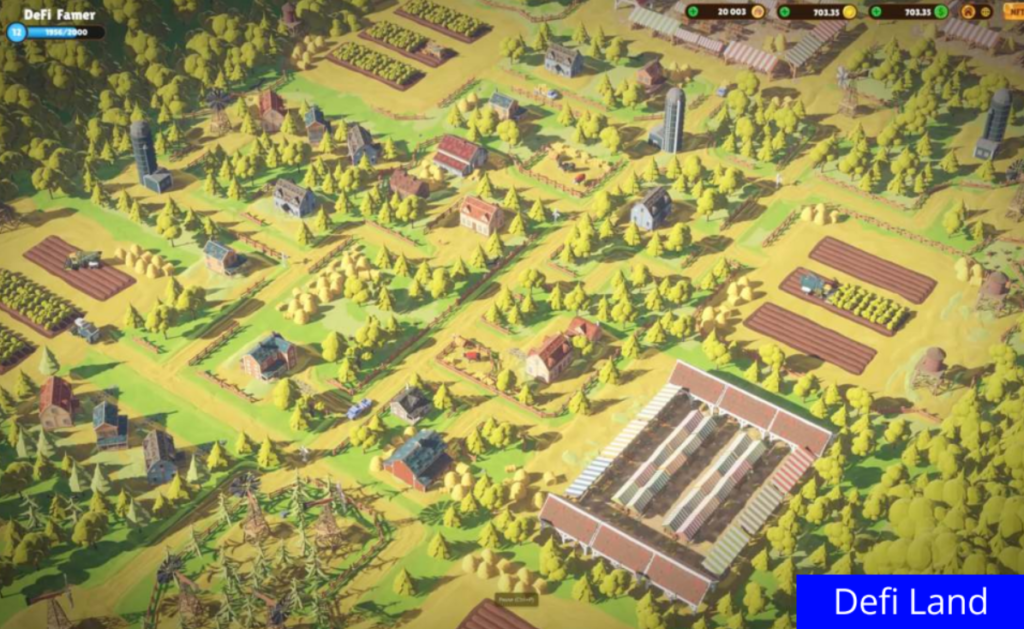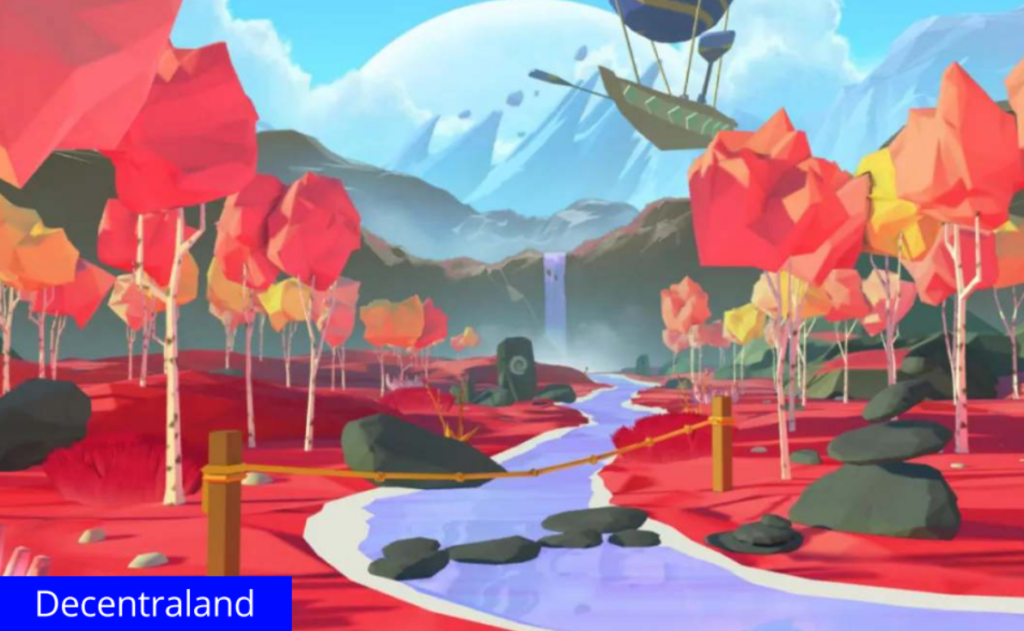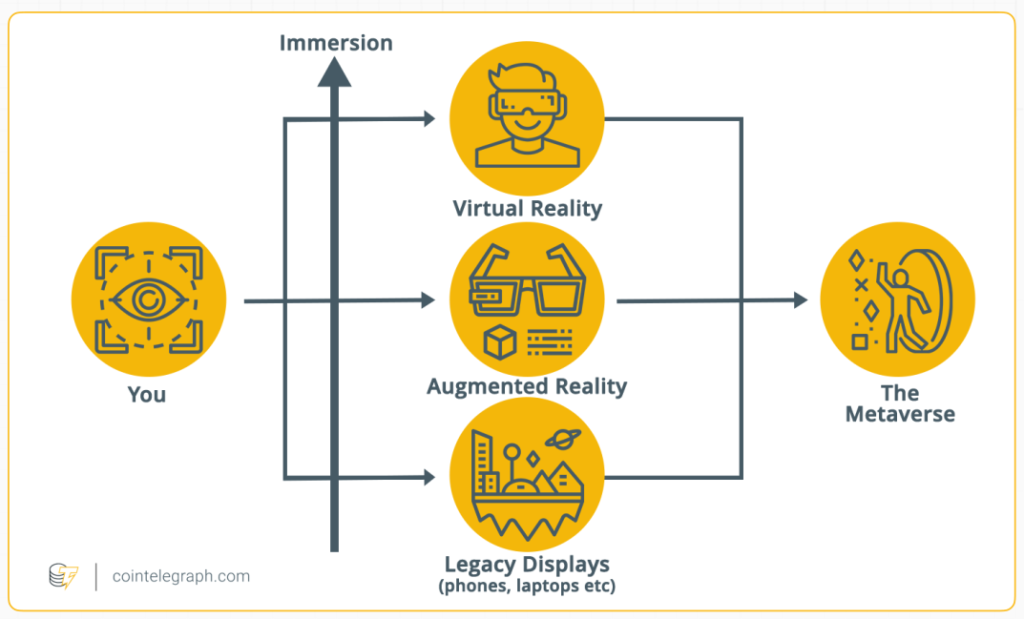The digital frontier is expanding at a rapid pace with the development of numerous metaverse projects, each promising unique experiences that leverage blockchain technology and the concept of Web3. Among these emerging landscapes, projects like Eldora, The Otherside, Star Atlas, Outer Ring MMO, and Bloktopia are pushing the boundaries of virtual interaction, ownership, and gaming.
These platforms not only offer unprecedented opportunities for privacy, networking, and community building but also blend elements of economics, strategy, and role-playing into their fabric. From empowering users with user-friendly interfaces for community creation to providing a haven for crypto enthusiasts, these initiatives aim to reshape the way we interact with the digital and economic realms.
Eldora
The upcoming metaverse project Eldora aims to address major pain points that people face: lack of privacy in their online interaction, siloed network and rapidly evolving technologies. Eldora proposes two answers to these problems: a quick and easy on-ramp to the blockchain and a Web3 powered environment.
Eldora will provide an user-friendly interface for people who want to create their own community by using Web3 tools. With a key aspect of privacy, Eldora gives the opportunity for family offices, HNWI, to develop their network inside the metaverse and connect them with a money pool smart contract. Businesses will be able to directly connect with these actors for providing their services while individuals will be able to connect and learn about emerging blockchain. One of the main features of Eldora will be clubs which will facilitate the sharing of information and allow both businesses and consumers to network and share opportunities. To gain access to these clubs, users will need to have an Eldoran pass, which takes the form of a NFT on the Ethereum Blockchain.
Eldora will integrate many blockchain services to benefit Eldorans, such as an NFT marketplace, DEX, Defi protocol, trading room, on-chain data visualizations and on-chain messaging integration. The Eldora Pass NFT, which gives holders access to online and offline special events, clubs and businesses, will be available at a 50% discount for the first hundred whitelisted addresses. Register for the Eldoran Pass whitelist here.
Otherside
The Otherside is one of the most highly anticipated metaverse projects due to its ambitious plans and affiliation with Animoca brands and Yuga Labs, two prominent names in the Web3 space. The game will be an integral part of the Bored Ape Yacht Club (BAYC) ecosystem, enabling NFTs to be transformed into playable characters within the metaverse.
Owners of Bored Ape Yacht Club or Mutant Ape Yacht Club NFTs will be allocated plots of land, and additional plots will be available for purchase using the APE token. These plots of land are represented by nonfungible deed tokens called Otherdeeds. The APE token is the platform’s native token and will be used for utility and governance actions within The Otherside metaverse. The Otherside is being developed using the M2 network, which can facilitate over 10,000 players simultaneously interacting with the platform, and features voice chat capable of supporting thousands of players speaking concurrently.
Star Atlas
Star Atlas is an innovative space exploration game that is being developed on the Solana blockchain. It offers players the chance to own and trade virtual assets, engage in epic battles, and immerse themselves in a vast and captivating sci-fi universe. Set in the year 2620, the game combines elements of strategy, role-playing and economics as players build and manage their own space empires, complete with customizable fleets of ships and advanced technologies. Three factions are available for players to join: the ONI, a consortium of alien species; the Uster, sentient androids; and the MUD, a faction of humans.
Thanks to its use of Unreal Engine 5, Star Atlas boasts stunning, next-generation graphics that rival or surpass the latest AAA games. The game operates on a dual-token model, utilizing the ATLAS token for utility and the POLIS token for governance. ATLAS tokenholders can purchase digital assets, including ships, land and equipment, and pay for operating expenses for their mining equipment and ships. Meanwhile, POLIS tokenholders wield power over different regions in the game, enabling them to levy taxes, charge tolls, and create laws for players in their jurisdiction.
Outer Ring
Outer Ring MMO is an RPG game that combines science fiction, fantasy, and a tokenized economy in an open-world universe. The open-ended storyline allows players to freely explore the vast galaxy and create their own stories, adding to the game’s replayability. The game’s fusion of genres, including third-person shooter, MMORPG, and open- persistent world, allows for various game modes and events, including PVP combat and eSports competitions. The different tiers of planets and environments add to the game’s playability, allowing players to choose their level of difficulty and risk.
The vision of Outer Ring as a metaverse is ambitious, as it aims to create a virtual world without physical and social boundaries, where players can interact, develop their own stories, and even engage in real-world transactions through the Player Driven Economy. The Galactic Quadrant token is the game’s governance token, allowing holders to have direct influence over the game and adding another layer of engagement for players.
Bloktopia
Bloktopia is an upcoming virtual reality blockchain game that aims to bring the crypto community together in an immersive and engaging environment. The game is represented as a skyscraper with 21 levels, paying homage to Bitcoin’s total supply of 21 million. The game will provide a central hub for crypto enthusiasts, where users can access crypto information and immersive content all in one place. Bloktopians will be able to earn revenue through real estate ownership, advertising revenue, games, building networks and more.
The game will use advanced 3D creation engine technology to create stunning visualizations and experiences. Players can use Bloktopia’s native token, BLOK, to purchase in-game items and upgrade their real estate, known as Reblok. Reblok will be a valuable commodity within Bloktopia, allowing users to speculate on the property and either resell for profit or lease for passive income opportunities. Bloktopians can also earn through advertising, with a proportion of advertising fees generated returned to tokenholders. Learn more about Bloktopia in our article here.
In conclusion, the metaverse is not just a singular concept but an ecosystem of diverse projects each carving out their niche within the digital universe. Eldora focuses on privacy-centric community building with blockchain convenience, while The Otherside expands the Bored Ape Yacht Club’s reach into virtual reality. Star Atlas invites players into an intricate space odyssey with strategic gameplay, and Outer Ring MMO merges genres for a multifaceted gaming experience. Finally, Bloktopia creates a VR-based central hub for the crypto community.
These platforms are not merely games or social networks; they represent the next step in online evolution—a convergence of technology, entertainment, and digital economics that promises to define the future of our online lives. Each project, with its specialized offerings, contributes to a broader vision of the metaverse—one that is rich with potential and waiting for explorers to stake their claim in its ever-expanding territories.




















